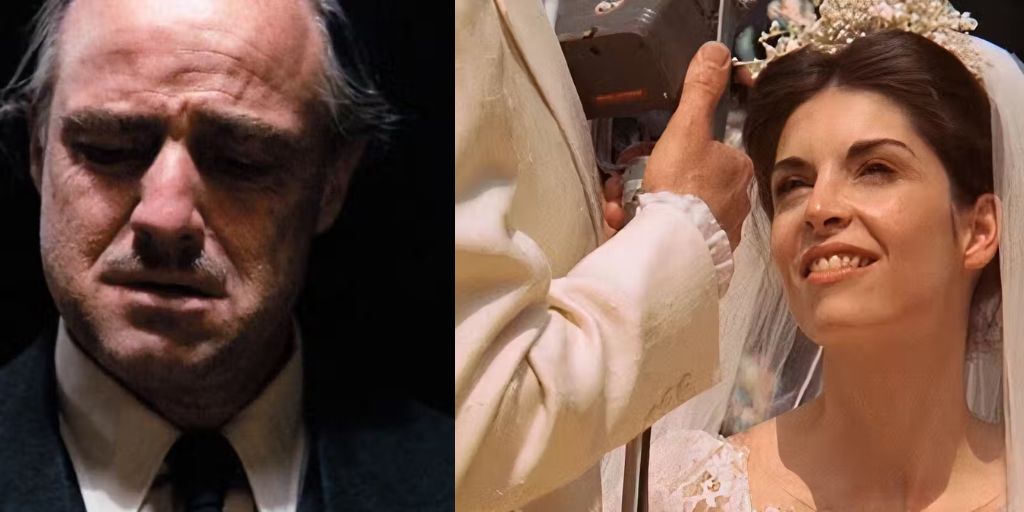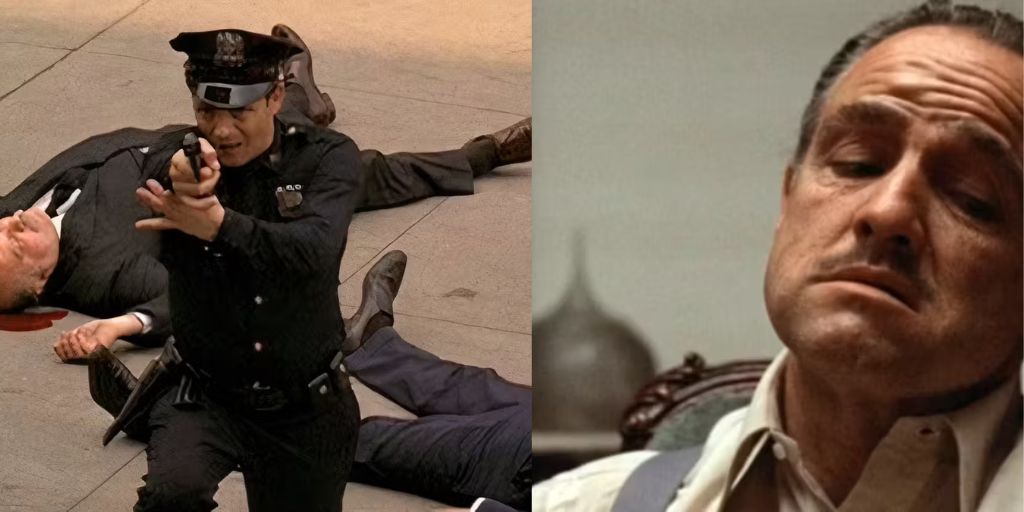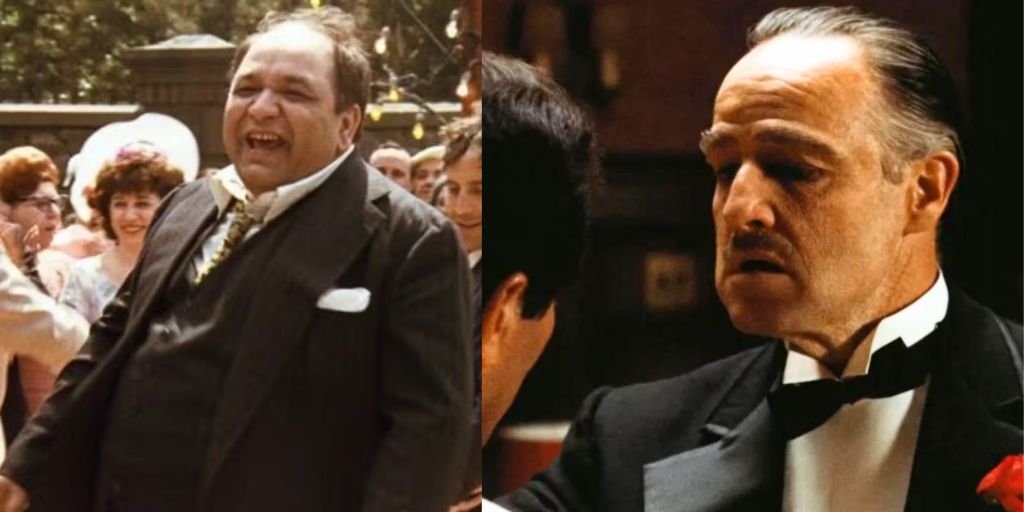The making of Francis Ford Coppola’s masterpiece, “The Godfather,” adapted from Mario Puzo’s best-selling novel, was a difficult process. The film’s production encountered many challenges from the start. When Coppola was first asked to direct the movie, he turned down the offer because he didn’t find the book compelling.
He saw it as a fictional story written mainly for commercial purposes. In a report by CBS Sunday Morning, Coppola explained that he eventually agreed to take on the role after his work partner, George Lucas, persuaded him they needed the money to pay off debts.
Coppola’s company, American Zoetrope, owed Warner Bros. for financing Lucas’ movie, THX 1138. Lucas played an essential role in the production of “The Godfather,” helping Coppola with important creative decisions.
Once Coppola was chosen to direct the film, Paramount Pictures faced both internal and external skepticism, marking the start of a long and challenging journey to create what is now considered one of the best movies ever. So, how long did it take to film “The Godfather”?
The Lengthy and Difficult Pre-Production of “The Godfather”
To understand how long it took to film “The Godfather,” we need to look at the process from the beginning. According to The New Yorker, this journey began in 1967 when Mario Puzo was still writing the manuscript for his book. With just a few pages written, Paramount Pictures showed interest.
Robert “Bob” Evans, the head of production at Paramount at the time, offered Puzo, who was struggling with gambling debts, a deal he couldn’t refuse. The success of the book in 1969 sped up the process of turning it into a movie.
Evans approached several directors, including Costa-Gavras, Peter Yates, and Franklin J. Schaffner, but they all turned down the offer.

The studio then decided to focus on Italian-American directors and approached Coppola, who initially declined the offer before changing his mind. Coppola’s decision to take on the project marked the start of one of the most challenging productions in his career.
One of Coppola’s first challenges was convincing Paramount that he was the right person for the job. His artistic vision for the film clashed with the studio’s executives. For example, Coppola wanted the film to have a 1940s period feel, while the book had a more contemporary setting.
He also insisted on filming on location rather than in a studio. These demands meant a higher budget for the financially struggling studio, whose previous gangster film, “The Brotherhood,” had failed at the box office. Coppola’s preferred cast, including Marlon Brando, Al Pacino, Robert Duvall, and Diane Keaton, added to the tension with the executives.
Reportedly, Coppola “fainted” when one of the executives told him that Brando would never appear in the movie. There was also the issue of dealing with the real Mafia, who had concerns about the film. Eventually, the studio made concessions, allowing Coppola to proceed with his vision.
With the screenplay ready and the main roles filled, principal photography was the next step. Filming was officially scheduled to begin on March 29, 1971, the same day the final screenplay was completed.
“The Godfather” Stayed on Schedule Despite Challenges
The principal photography of “The Godfather” took 77 days, officially ending on August 6, 1971, six days earlier than planned. Although the shooting schedule might seem manageable, the reality was a tough and demanding process. Filming mainly took place in New York City and California.
During this time, Coppola often felt isolated on set, with each day feeling like it could be his last on the project. In The New Yorker, Coppola stated, “I don’t take a lot of pleasure in anything to do with ‘The Godfather.’ I love the cast, and I think the film definitely brought out something, but it was a terrible period in my life.”
The filming took such a toll on him that Martin Scorsese once found him crying while visiting the set. Coppola did find some peace while shooting scenes in the quiet villages of Forza d’Agrò and Savoca in Sicily.
Despite the challenges, there were some unexpected moments during filming that helped save time. According to Robert Duvall in the CBS report, Brando, for example, read his lines from a cue sheet hidden in a tree during the garden scene with Al Pacino.
Another memorable moment was Luca Brasi’s stuttered speech for Don Corleone, which Coppola decided to keep in the film rather than spending time trying to correct it.
The post-production phase of “The Godfather” was relatively smooth for Coppola. He initially set up a tent in his San Francisco offices to work on the film. However, after presenting his cut to Bob Evans, the Paramount executive ordered Coppola to move the post-production to Los Angeles.

Evans was not satisfied with the shortened length of the film, which Coppola had intentionally done to fit the studio’s requirements. After more than two years of work and 77 days of principal photography, the iconic film “The Godfather” was finally ready for release in January 1972.
The lasting impact and success of “The Godfather” prove that the challenging process of making the film was worth it. Despite numerous obstacles and intense challenges, the creation of “The Godfather” stands as a testament to the dedication and resilience of its team.
The film’s enduring legacy highlights how overcoming difficulties and sticking to a vision can result in an extraordinary cinematic achievement that continues to attract audiences.
“The Godfather” is currently available for streaming on Paramount+ in the U.S.




